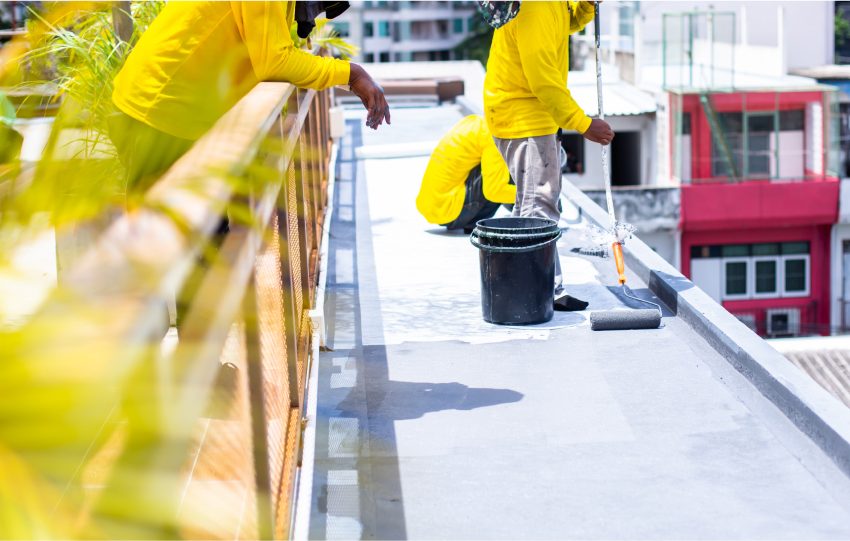Waterproofing systems are one of the most crucial components in a construction project. A well-implemented system will protect substructures against the damaging effects of moisture and humidity, extending their lifespans and significantly reducing maintenance costs and repair requirements. However, the importance of waterproofing is often underestimated during construction as it’s a hidden component that is not always visible once building construction is completed.
Water penetration can damage the structural integrity of a building, affecting its overall durability and compromising its safety for future occupants. Effective waterproofing solutions prevent these issues, avoiding costly repairs and keeping project schedules on track for a timely completion.
There are different types of waterproofing systems; external, internal and combination systems. Each has its own unique advantages and benefits. External waterproofing systems provide protection from the elements for the exterior of the building, cellars, foundation walls and concrete slabs. They can be applied either before or after the building slab is installed and can work in conjunction with other waterproofing systems for maximum effectiveness.
Internal waterproofing systems are designed to prevent water intrusion into the interior of the building, such as restrooms, offices, basements and living spaces. Moisture penetration can lead to water stains, mould growth, musty odours and compromised building performance. Internal waterproofing can prevent these issues, preserving the integrity of the building and safeguarding the health and wellbeing of its occupants.
External waterproofing can be used on a wide range of surfaces including concrete, stone, timber and masonry. They can be spray, brush or roller-applied and are available in a range of materials, such as rubber, vinyl, polyurethane, bitumen and cement sheeting. The type of membrane that is best for a particular area will depend on the environmental conditions, the building design and its intended use.
The main benefit of a quality waterproofing system is its ability to protect the foundation and substructure from the harmful effects of moisture and humidity. A quality waterproofing system will extend the life of the concrete and other subelements, preventing them from cracking, sinking or becoming infested with mold. It will also keep moisture from deteriorating steel and other metal building components, saving on expensive repair and replacement costs.
One way to ensure your waterproofing system lasts is to have it installed by a professional who understands the building structure and the construction process. A professional can ensure that the waterproofing membrane is positioned correctly, and can check that it’s properly adhered to the surface, for example on concrete, screeds and plasterboard. They can also inspect the membrane regularly to make sure it is performing as expected, and to identify any signs of damage or wear early on so they can be corrected immediately before the problem escalates.
Credit : Sievert SE











